Best Ways to Style with Rattan, Wicker, and Bamboo for Summer
Summer is my favorite time to refresh my home with natural elements that bring the outdoors in. There’s something magical about how rattan, wicker, and bamboo can transform a space—adding texture, warmth, and that perfect laid-back summer vibe. I’ve spent years experimenting with these materials in my own home, and I’m excited to share everything I’ve learned about styling with these versatile natural elements.
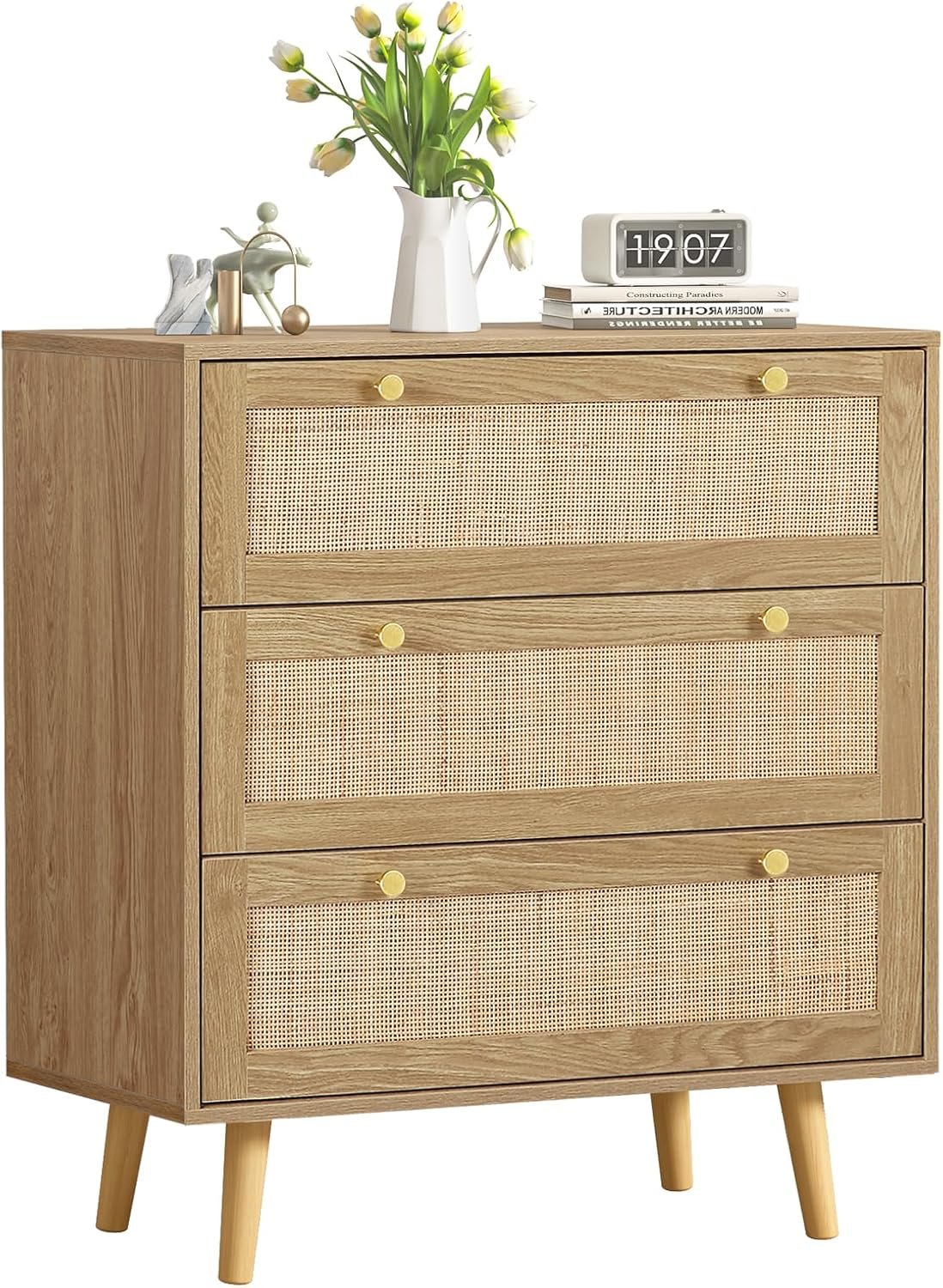
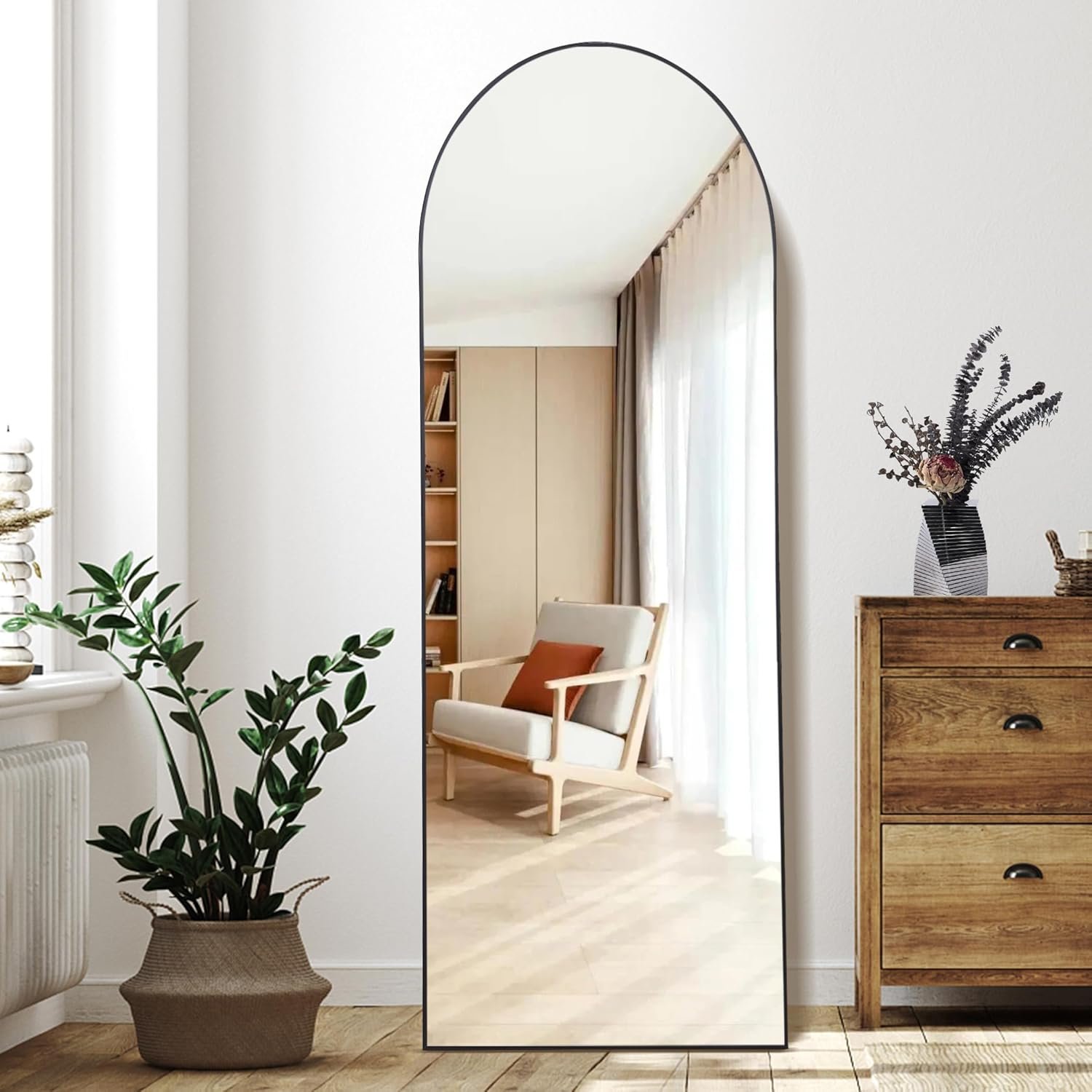

Why Natural Materials Are Having a Moment (Again)
Natural materials have been around for centuries, but they’re experiencing a major revival right now. And it’s not hard to see why. In our increasingly digital world, we’re all craving connections to nature and authenticity in our surroundings.
I remember walking into my grandmother’s sunroom as a child—filled with wicker chairs and potted plants—and feeling instantly at peace. That’s the power of these materials. They ground us and remind us of simpler times while still feeling completely current.
Beyond the nostalgia factor, these materials are sustainable alternatives to mass-produced synthetic furniture. As someone who’s becoming more conscious about my environmental impact, I love that rattan, wicker, and bamboo are renewable resources that can be harvested without destroying the plant.

Understanding the Differences: Rattan vs. Wicker vs. Bamboo
Before we dive into styling tips, let’s clear up some confusion. I used to think these terms were interchangeable until I did some research:
Rattan is actually a material—a type of palm that grows in Southeast Asia, Africa, and other tropical regions. It’s solid, durable, and can be steam-bent into various shapes. When you see those gorgeous curved chair frames? That’s likely rattan at work.
Wicker isn’t a material at all—it’s a weaving technique. Wicker furniture can be made from rattan, as well as reed, willow, bamboo, or even synthetic materials. That classic woven pattern you associate with porch furniture? That’s wicker.
Bamboo is a fast-growing grass (not a wood!) with a hollow stem. It’s incredibly strong for its weight and has distinctive nodes along its length. Bamboo has been used in Asian furniture for thousands of years and brings a distinct architectural quality to pieces.
I made the mistake of buying “rattan” furniture online once, only to discover it was plastic designed to look like the real thing. While synthetic versions have improved and offer weather resistance, nothing beats the authentic texture and subtle color variations of the real materials.

Starting Small: Accent Pieces and Accessories
If you’re new to decorating with natural materials, I suggest starting with smaller pieces before investing in larger furniture. This approach has worked well for me—allowing me to experiment with different looks without committing to a major purchase.
Some easy ways to incorporate these materials:
- Baskets: I use rattan and wicker baskets everywhere—for storing throw blankets, corralling kids’ toys, and organizing magazines. They add instant texture and warmth.
- Lampshades: A bamboo or rattan pendant light creates beautiful shadow patterns and becomes a focal point in any room. I added one above my dining table last summer, and it completely transformed the space.
- Wall Decor: Woven wall hangings, rattan mirrors, or bamboo shelving can add interest to blank walls. I found a vintage rattan peacock mirror at a thrift store that now serves as the centerpiece of my entryway.
- Tabletop Accents: Place settings with bamboo placemats, wicker chargers, or rattan napkin rings bring natural texture to your summer entertaining.
What I love about these smaller pieces is how easily they can be moved around and restyled as my taste evolves. The basket that held throws in winter becomes a planter in summer. The bamboo tray on my coffee table moves to the patio for outdoor entertaining.

Making a Statement: Furniture Pieces That Wow
Ready to make a bigger commitment? Let’s talk about the statement furniture pieces that can define your summer style:
The Peacock Chair has been having a major moment, and I finally added one to my reading nook last year. This iconic rattan chair with its dramatic fan-shaped back adds instant bohemian flair to any space. I’ve dressed mine up with a colorful cushion and a small side table to create a perfect reading spot.
Hanging Chairs are another favorite of mine. Whether suspended from the ceiling or on a stand, these playful seats create a relaxed vacation vibe. I added one to my covered porch, and it’s now everyone’s favorite spot to curl up with a book.
Headboards made from rattan or woven bamboo make a striking focal point in bedrooms. I updated my guest room with a rattan headboard, and visitors always comment on how it transformed the space from ordinary to special.
Room Dividers in bamboo or rattan can define areas in open floor plans while maintaining an airy feel. When my daughter moved back home temporarily, I used a vintage bamboo screen to carve out a small office space in our living room.
Sideboards and Buffets with bamboo or rattan detailing offer storage with style. I found one with beautiful bamboo inlay that holds all my entertaining essentials while adding texture to my dining area.
For these larger pieces, I recommend investing in the best quality you can afford. Well-made natural furniture can last decades with proper care. My parents’ rattan dining set has survived thirty years of family gatherings and still looks beautiful.

Avoiding the “Tiki Bar” Effect: Modern Styling Tips
One concern I hear from friends is the fear of their home looking like a tropical-themed restaurant. I get it! When not styled thoughtfully, these materials can skew kitschy. Here’s how I keep my natural elements looking fresh and modern:
Mix materials for balance. I pair my rattan pieces with clean-lined upholstery, glass, and metal. In my living room, a rattan chair sits alongside a modern sofa and marble coffee table, creating visual tension that feels intentional rather than themed.
Choose a restrained color palette. I stick to neutrals for my larger pieces and add color through accessories. This keeps the focus on the beautiful texture of the natural materials without overwhelming the space.
Consider scale carefully. Too many large woven pieces can make a room feel busy. I balance a statement rattan headboard with simpler bedside tables and minimal wall decor.
Look for modern silhouettes. Today’s designers are creating rattan and bamboo furniture with contemporary lines. My dining chairs have a sleek, architectural quality that feels current rather than retro.
Layer thoughtfully. I add soft textiles like linen throws and cotton cushions to warm up wicker furniture. The contrast between the hard and soft elements feels sophisticated and inviting.
Remember, the goal isn’t to create a tropical resort in your living room (unless that’s your thing!). These materials can work with virtually any style—from minimalist to traditional—when incorporated thoughtfully.

Caring for Your Natural Pieces
Natural materials do require some special care, as I’ve learned through trial and error. Here’s how I keep my pieces looking their best:
Keep them out of direct sunlight when possible. Prolonged sun exposure can cause fading and make the fibers brittle. I rotate my pieces seasonally to ensure even wear.
Clean gently by dusting regularly with a soft brush attachment on your vacuum. For deeper cleaning, I use a slightly damp cloth with mild soap, being careful not to saturate the material.
Address spills immediately by blotting (never rubbing). I learned this the hard way after a red wine incident on my rattan ottoman!
Maintain humidity levels in your home. Very dry air can cause natural fibers to crack. During winter when heating makes the air dry, I use a humidifier to protect my favorite pieces.
Apply a protective coat of furniture wax or clear lacquer to seal and protect natural materials. I do this once a year, usually in spring before the heavy summer use.
With proper care, these pieces can become heirlooms. My most treasured possession is my grandmother’s wicker rocker, which has seen four generations of our family and still looks beautiful.

Indoor/Outdoor Living: Extending Natural Style to Your Outdoor Spaces
One of the joys of summer is blurring the lines between indoor and outdoor living. Natural materials are perfect for creating this flow:
Weather-resistant wicker furniture has come a long way. I invested in a high-quality outdoor wicker sectional five years ago, and it still looks great despite being exposed to the elements.
Bamboo roll-up blinds provide shade on my porch while adding natural texture. I love how they filter the afternoon sun, creating a golden glow in the space.
Rattan lanterns with battery-operated candles create ambiance for evening gatherings. I hang them from tree branches when entertaining in the yard.
Potted plants in wicker baskets bring together natural elements. I line my outdoor baskets with plastic pots to protect them from water damage.
The key to successful indoor/outdoor styling is consistency—using similar materials and color palettes to create a cohesive look. My outdoor lounge feels like an extension of my living room, with similar natural textures and complementary fabrics.

Sustainability Considerations
As someone who’s trying to make more environmentally conscious choices, I’ve researched the sustainability of these materials:
Bamboo is incredibly sustainable—it’s one of the fastest-growing plants on Earth and can be harvested without killing the plant. Look for bamboo that’s certified by the Forest Stewardship Council (FSC) to ensure sustainable harvesting practices.
Rattan is generally sustainable when harvested responsibly, as it’s a renewable resource that grows quickly. However, some wild rattan is being overharvested. I look for pieces from companies that verify their supply chains.
Synthetic wicker offers durability for outdoor use but comes with environmental concerns around plastic production. If choosing synthetic, I opt for high-quality pieces that won’t need replacing frequently.
When possible, I buy vintage or secondhand natural furniture—it’s both sustainable and adds character to my home. Some of my favorite pieces came from estate sales and thrift stores.

Styling Through the Seasons
While I especially love these materials for summer, they can work year-round with some seasonal adjustments:
Summer: I keep things light and airy, with minimal accessories and breathable textiles like cotton and linen. My rattan furniture is the star of the show.
Fall: I add warmer textiles like chunky knit throws and velvet pillows to my wicker seating. These softer elements balance the texture of the woven materials.
Winter: My rattan pieces get dressed up with sheepskin throws and deeper-colored accessories. The natural texture provides welcome warmth during colder months.
Spring: I refresh my natural elements with new plants and lighter textiles, preparing for the summer months ahead.
The versatility of these materials is what makes them such a good investment. My rattan headboard looks equally at home with crisp white linens in summer or flannel bedding in winter.

Where To Shop: My Favorite Sources
Finding quality natural furniture can be challenging. Here are some sources I’ve had success with:
Local vintage shops often have unique pieces at reasonable prices. Some of my most treasured items came from weekend antiquing trips.
Etsy is wonderful for handcrafted rattan and bamboo accessories from artisans around the world. I found a beautiful handwoven rattan tray from a maker in Indonesia.
Dedicated natural furniture retailers like Serena & Lily or Crate & Barrel offer contemporary pieces with good craftsmanship, though at higher price points.
Estate sales and Facebook Marketplace can yield amazing finds if you’re patient. I set up alerts for specific items I’m looking for.
Direct-from-artisan sources like small cooperatives in Southeast Asia offer authentic pieces while supporting traditional craftsmanship. My pendant lights came directly from a weaving cooperative in the Philippines.
I always recommend examining pieces in person when possible, to verify the quality of the materials and construction.

Conclusion: Creating Your Own Natural Haven
As we head into the height of summer, I hope this guide inspires you to experiment with natural materials in your own home. Whether you start small with a woven basket or make a statement with a peacock chair, these elements bring a special warmth and texture that’s perfect for creating a summer haven.
What I love most about decorating with rattan, wicker, and bamboo is how these materials connect us—to nature, to traditional craftsmanship, and to a slower, more mindful way of living. In our fast-paced world, surrounding ourselves with natural elements feels both grounding and luxurious.
I’d love to hear how you’re incorporating these materials into your summer styling. Share your photos or questions in the comments below!
If you love home decor and interior design as much as I do, check out these other articles I think you might like.
Breezy & Bright: Your Guide to Transitioning to Summer Décor
Below is a video that when played on your TV can turn your TV into a piece of art. There are hundreds of different videos to choose from.

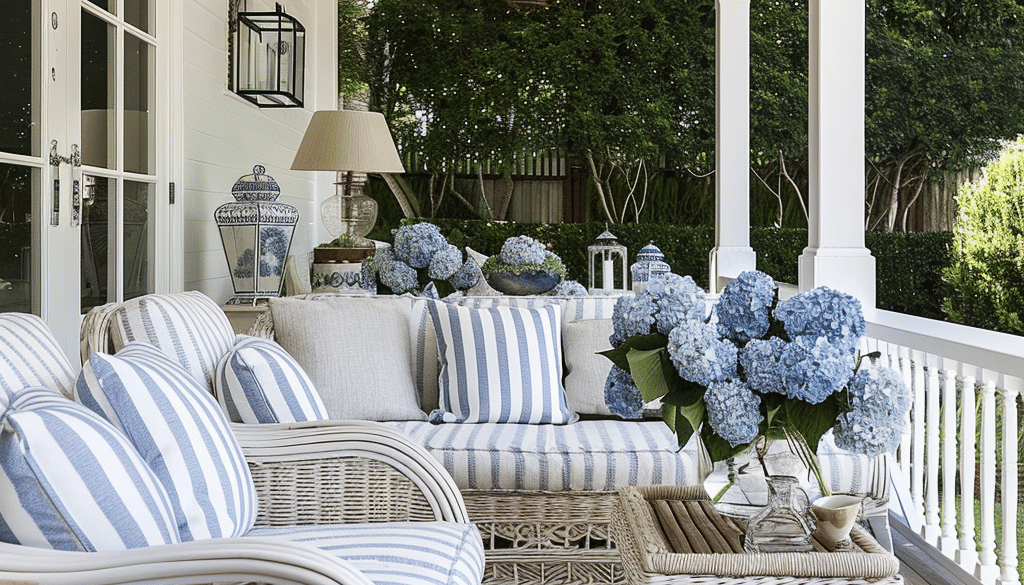

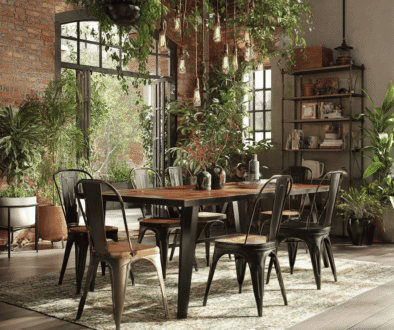
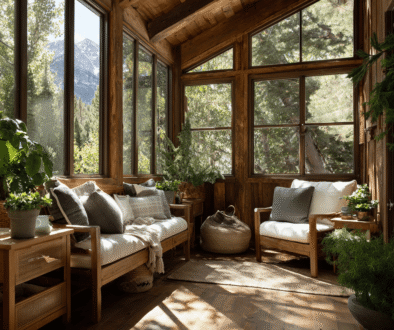
Summer Tablescape : Ideas from Brunch to Dinner Parties
May 12, 2025 @ 12:54 pm
[…] Styling with Rattan, Wicker, and Bamboo for Summer […]
Indoor-Outdoor Living: Creating Seamless Summer Spaces
May 13, 2025 @ 12:31 pm
[…] articles I think you might like. Summer Tablescape : Ideas from Brunch to Dinner Parties Styling with Rattan, Wicker, and Bamboo for Summer Summer Color Palette: Using This Year’s Trending […]
Flowers and Plants : How to Master Summer Styling
July 12, 2025 @ 5:58 pm
[…] Styling with Rattan, Wicker, and Bamboo for Summer […]